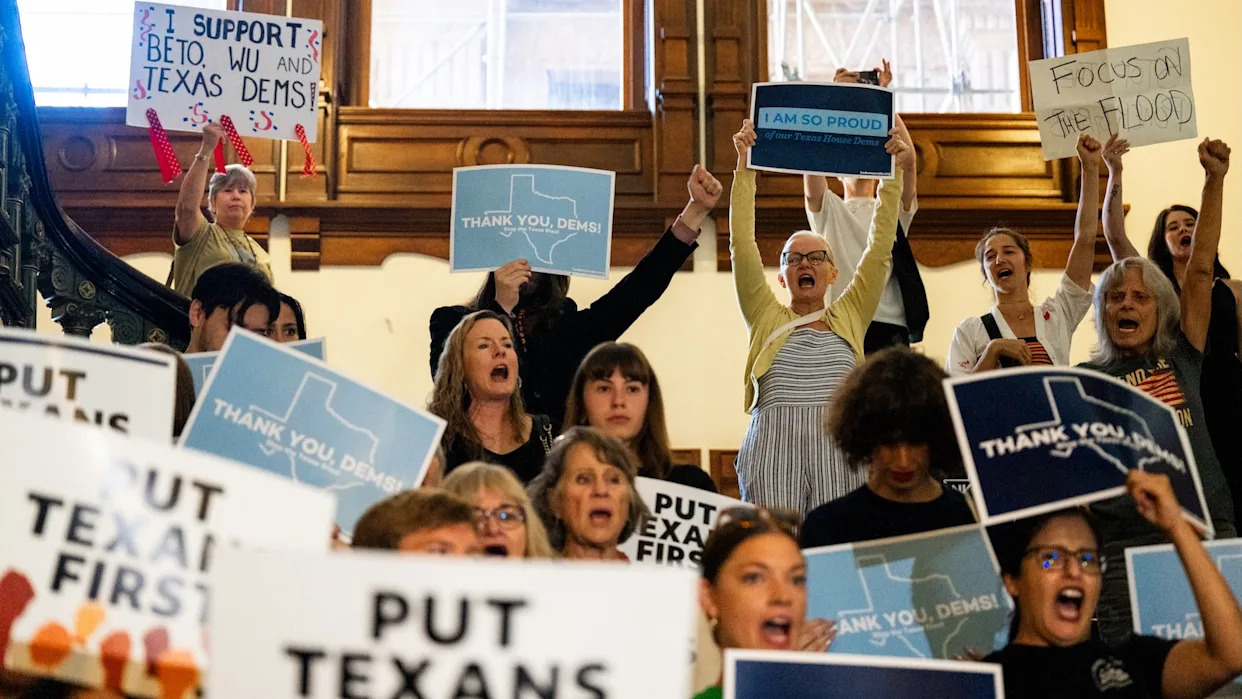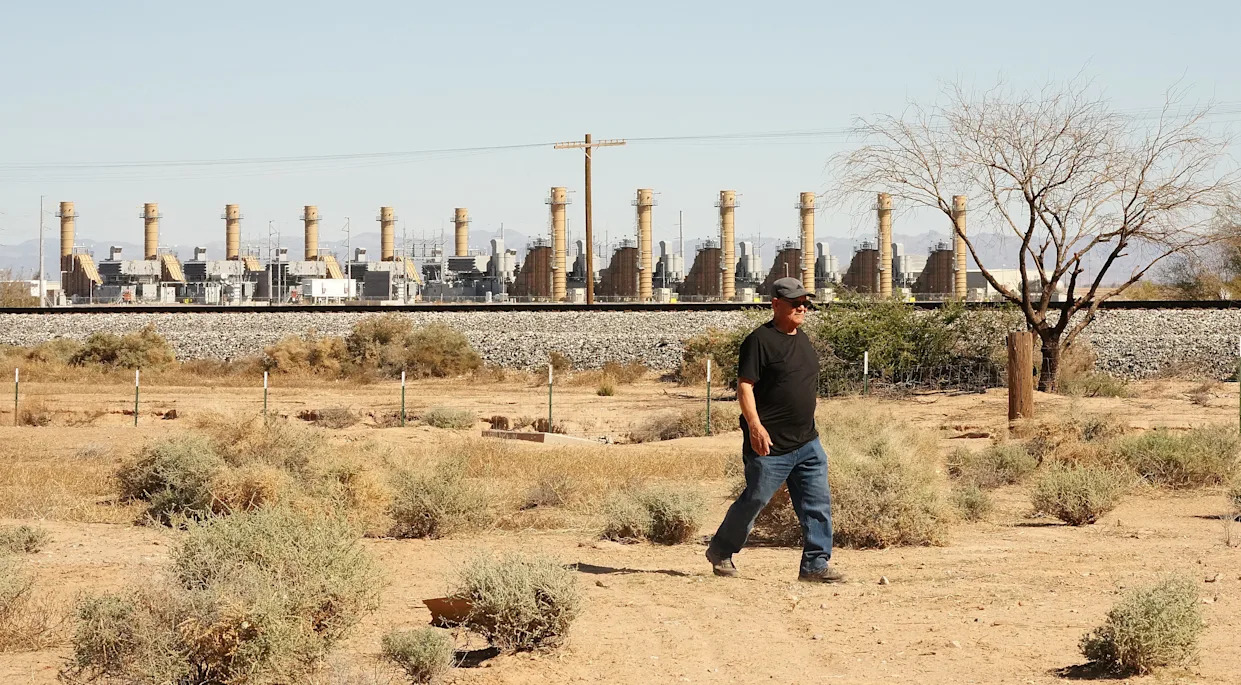
In early July, flash floods along the Guadalupe River killed 138 people and caused an estimated $1.1 billion in damage, making it one of the deadliest natural disasters in Texas history. But just a week later, Texas found itself whiplashed into another crisis altogether: a high-stakes battle over voting districts.
As floodwaters receded and communities struggled to recover, President Donald Trump publicly demanded that Texas lawmakers redraw congressional maps to carve out five additional U.S. House seats for Republicans. The twin pressures of a devastating natural disaster and Trump’s insistence prompted Governor Greg Abbott to convene a special legislative session.
During the first special legislative session, which began on July 21, Abbott tasked lawmakers with addressing 18 agenda items, including four related to flood preparedness. Lawmakers responded by introducing a flurry of bills that would require stricter building codes for youth camps in floodplains, shore up emergency communications, and create new relief funds. But the session quickly devolved as the political fight over redistricting overshadowed urgent conversations about how to better protect Texans from future floods. Over the next week, as partisan battles over redistricting intensified and Democrats fled the state for two weeks to deny Republicans a quorum, those measures stalled. Eventually, the session ended on August 15 with the Democrats still out of state, the flood legislation stranded on the floor, and both parties accusing the other of holding disaster relief funds hostage.
Abbott called lawmakers back to Austin for a second special session. This time, Democrats returned, and lawmakers managed to pass a more narrowly tailored flood relief package through the Texas Senate. One bill proposes that the state direct $294 million to flood preparedness and recovery, including money to match FEMA aid; install outdoor warning sirens in vulnerable communities; expand river and rainfall forecasting tools; and build a swift-water training facility for first responders. Other bills require campgrounds in floodplains to develop evacuation plans and direct state agencies to determine which parts of Central Texas require flood warning sirens. Several others are in the early stages of consideration in the Texas House.
But disaster recovery experts said that while these measures are an important step to assist Central Texas communities recovering from the July floods, they are too narrowly focused on the most recent disaster. For instance, instead of confronting tougher questions about whether summer camps should be built along rivers prone to flash flooding at all, the proposed Senate Bill 2 simply requires camps in floodplains to adopt evacuation plans, implement them when flash flood alerts are sent, and provide ladders for emergency rooftop access in cabins located within the flood zone.
“They’re trying to stick a band-aid on the issue and say they did something,” said Julia Orduña, the Southeast Texas regional director at Texas Housers, a nonprofit advocating for fair and affordable housing. “We haven’t been able to dive into the [disaster recovery] conversation because of redistricting. The state is trying to say they did something to respond to the loss of life, especially because we lost so many children.”
Orduña said the legislature was being shortsighted in its approach by focusing on relief measures squarely tailored to the Independence Day floods. The narrower focus is likely a result of the time pressure to move bills forward and the fact that so much political capital is being expended in the redistricting fight.
At a press conference last week, Texans affected by the floods implored Abbott to release emergency relief funds. Kylie Nidever, a flood survivor from Hunt, an unincorporated town among the worst hit by the flash floods, called on Abbott to use his emergency budget authority. “Today marks 43 days since the flood,” she said. “Forty-three days without emergency aid from the state.”
Because Abbott issued a disaster proclamation after the floods, he has the authority to redirect state funds to assist with debris removal, provide mental health resources for residents, and distribute other aid. He has used this authority in the past for Hurricane Harvey recovery and to fund border wall construction.
“We need to be able to decouple these emergency funds from the political theater and the power grab, which is now intertwined with redistricting,” said state representative Armando Walle, a Democrat from Houston, at the press conference. “It’s a travesty we’re having to do this.”
Abbott, in turn, has blamed Texas Democrats for leaving the state and “abscond[ing] from their responsibility. As the fight over redistricting continues to play out, relief measures hang in the balance, and flood victims have become pawns in the blame game.
“We are not asking for handouts,” said Nidever. “We’re asking for a government that works.”
This story was originally published by Grist with the headline How Texas flood relief got caught in a high-stakes political battle on Aug 22, 2025.








Comments